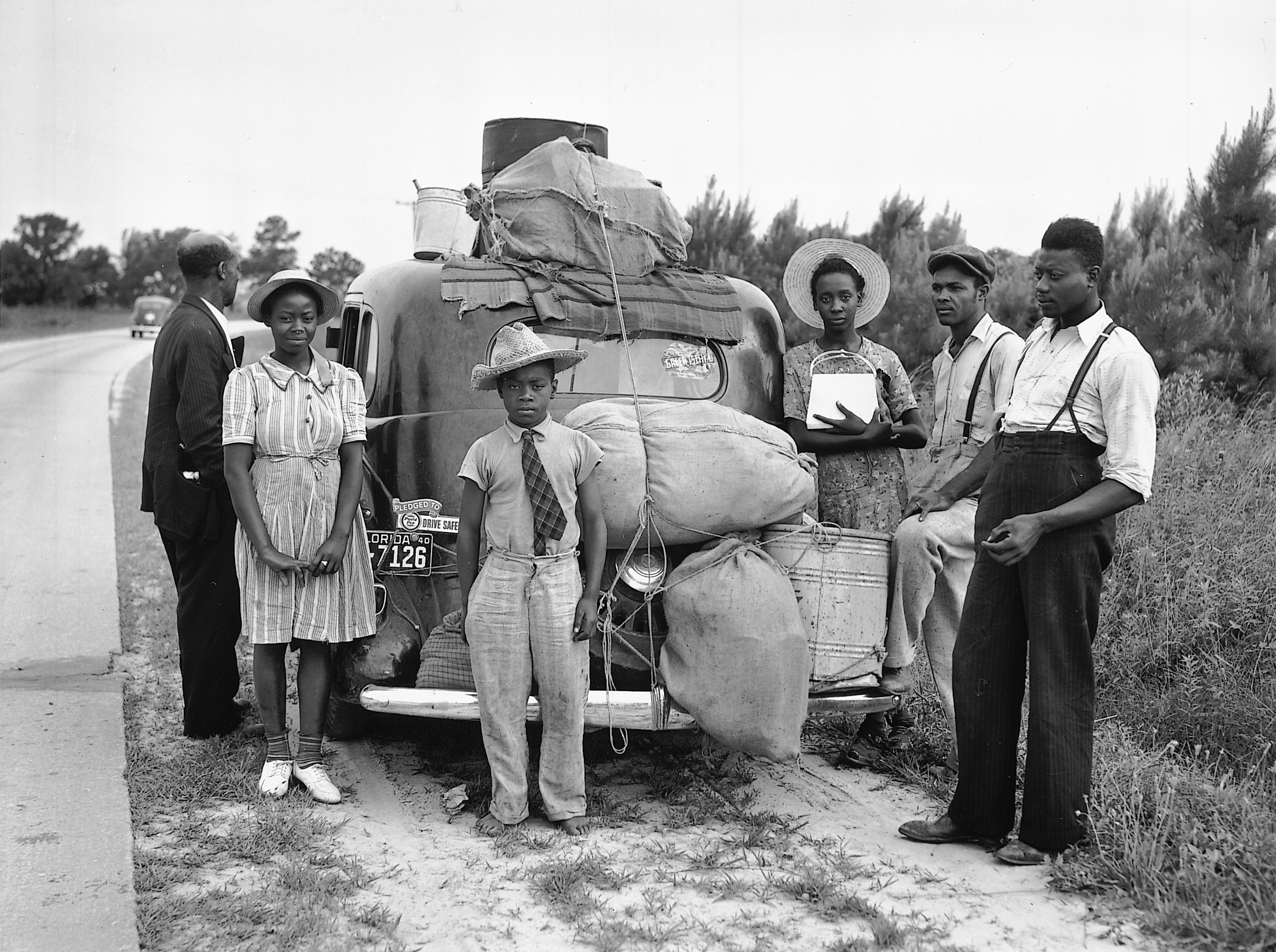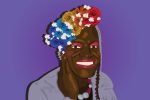It was February 1926 when historian Carter G. Woodson started Negro History Week, a week dedicated to celebrating the birthdays of Abraham Lincoln and Frederick Douglass, both prominent abolitionists of their time. Today, many still celebrate Negro History Week, just under a different name: Black History Month.
Whether you’re an expert or novice when it comes to African-American history, I highly recommend opening Isabel Wilkerson’s “The Warmth of Other Suns,” a book that will walk you vividly through the Great Migration, the mid-1900s movement and escape of 6 million Southern slaves to the North in search of a better life, a migration that would cause ripple effects on future generations. After reading the book for the first time, I can confirm that it perfectly embodies Black History Month and all that it represents.
To put the magnitude of the Great Migration in context, think of modern-day figures like former First Lady Michelle Obama, actor Denzel Washington and novelist Toni Morrison. Although all three lead very different lives, they do share one thing in common: They are products of their ancestors’ daring decisions to uproot their lives in search of something more. Wilkerson, whose own life was influenced by the migration, acknowledges both the familiar and untold corners of African-American history within her book.
While, at first, “The Warmth of Other Suns” sounds a lot like your typical detached history book, it’s so much more than that. I’ll admit, the weight of its pages, over 600 of them, can be daunting, especially for those who aren’t so inclined to read. But don’t judge a book by its weight! “The Warmth of Other Suns” is more of an engaging story than a dry history lesson.
Another thing that sets “The Warmth of Other Suns” apart from other books is its inclusion of real-life accounts of the human spirit and the spectacular lengths it will go to for the centuries-old concept of freedom. In an interview with On Being, Wilkerson explained the purpose of her book. “The Great Migration is not about migration, and really, probably no migration is about migration,” she said. “It’s about freedom and how far people are willing to go to achieve it.”
Most of you have probably written the obligatory research paper for school, but imagine spending over a decade compiling thorough research on just one subject. This long and tedious endeavor is exactly what Wilkerson did for “The Warmth of Other Suns.”
In preparation for her book, the author interviewed over 1,200 people whose lives were impacted by the Great Migration, eventually narrowing it down to three individuals who she believed shared stories that could help her and her audience understand the complex layers of the movement. From the first to the last page, Wilkerson follows the lives of Ida Mae, who migrated from Mississippi to Chicago in the 1930s; George Starling, who migrated from Florida to Harlem in the 1940s; and Pershing Foster, who migrated from Louisiana to Los Angeles in the 1950s.
You probably don’t recognize any of the three names I just mentioned, which is partly why “The Warmth of Other Suns” is so touchingly brilliant. When I think of Black History Month, my mind automatically flits to images of well-established African-American figures like Dr. Martin Luther King Jr., Rosa Parks and Louis Armstrong. In fact, Wilkerson does mention these individuals, along with other important historical figures of the 20th century, but proves that Black History Month represents not only the celebrated but the seemingly ordinary.
As you delve deeper into the narrative, it becomes clear that the journeys of Mae, Starling and Foster are anything but ordinary. Before escaping to Chicago, Mae spent her days laboring on a cotton plantation; Starling, a college drop-out, picked fruit in the orange groves; and Foster studied to be a colored doctor. As you can imagine, during those times, all three suffered racism and dreamed of a life outside of the suffocating confines of the South. While none of them would ever physically cross paths with one another, their lives would be forever linked by the Great Migration.
Wilkerson appeals to all readers in her representation of each of the very different, yet relatable main characters. Female readers will naturally be drawn to kind-hearted Mae, who struggles twice as hard to find employment, as a result of both her sex and race. Those with a social activist spirit will find themselves following Starling as he bravely rallies against the unfair treatment of colored workers. Finally, ambitious readers will empathize with Foster, who has an insatiable desire to prove his worth during a time when competence was based on the color of your skin.
“One of the things that I hope to do was to bring invisible people into the light. They never were being written about,” said Wilkerson. “We just skip from the Civil War to Civil Rights, and this entire part of our country’s history and their lives, generations, actually, of people skipped over and not recognized. And I felt that it deserved its own place and recognition.”
As the novel progresses, readers will encounter more than just the racism the protagonists endure in the South and North; loved ones will pass, relationships will be tested and the meaning of identity will be questioned. By the conclusion of the novel, when Wilkerson details the inevitable passing of Mae, Starling and Foster, I felt as if I had just read about the loss of three dear friends.
Beyond her impeccable writing, I believe the strength in Wilkerson’s novel lies in her ability to demonstrate history on a more human level, which is what Black History Month is all about: celebrating and remembering the personal achievements of each African-American individual.
It seems almost impossible that a single — albeit humongous — book could even begin to describe the African-American life as it was 100 years ago, but thanks to the three fascinating characters whose lives Wilkerson records, the author tactfully navigates a movement that was, for so long, misunderstood.
With unsolved immigration issues crowding national headlines in both Europe and America, it’s easy to spot the parallels between the past and the present, because the universal desire for freedom that “The Warmth of Other Suns” demonstrates, will remain relevant for decades to come. It’s an honest — painstakingly honest — and beautiful story that you should read not only to honor Black History Month, but to understand the full history of America itself.
















